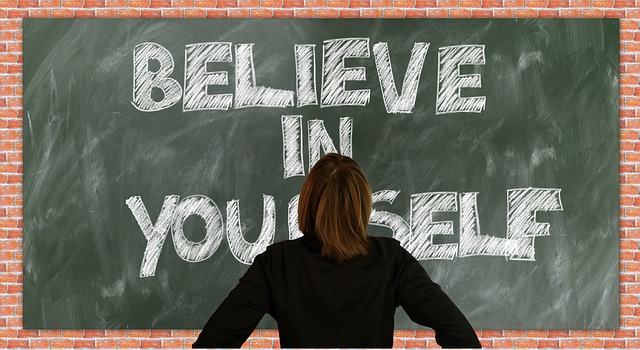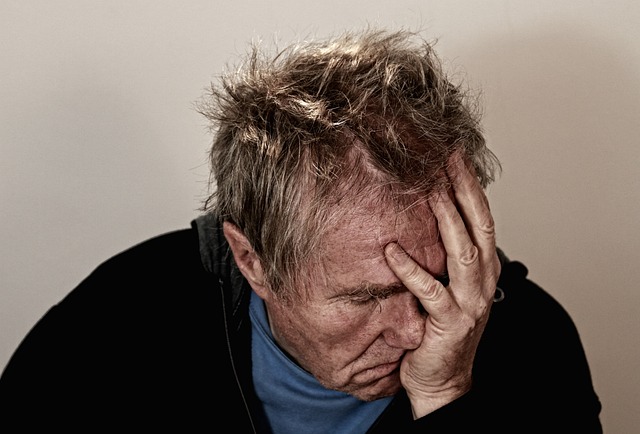Deforestation is one of the most pressing issues the world faces today, and it brings with it a devastating problem known as self-destruction. This term resonates deeply, symbolizing a perilous path that humanity has charted for itself. As we relentlessly clear forests for agriculture, urban development, and industrial needs, we do not just harm the environment; we engage in a form of self-destruction that echoes through every aspect of our existence.
Forests are often dubbed the lungs of our planet, playing an essential role in producing oxygen and absorbing carbon dioxide. However, with the increasing deforestation rates, we are rapidly diminishing this critical resource. Every tree felled contributes to a higher concentration of greenhouse gases in the atmosphere, throwing our climate into an unpredictable and often dangerous state. As the climate changes, so do our weather patterns; extreme storms, prolonged droughts, and irreversible damage to ecosystems become the norm.
When we engage in self-destruction through deforestation, we not only strip the planet of its biodiversity but also face severe repercussions ourselves. The loss of habitat results in a decline in wildlife populations, which affects food chains and ecosystems. As biodiversity plummets, we witness the extinction of species and the disintegration of natural habitats, all of which hold significance for human life. The interdependence between nature and humanity is increasingly apparent, as a balanced ecosystem is vital for our survival.
Furthermore, those communities that rely on forests for their livelihoods—often Indigenous populations—are left vulnerable. With deforestation comes the displacement of these communities, forcing them to adapt to new and often hostile environments. This loss is not merely environmental; it is a cultural tragedy, robbing generations of their heritage, knowledge, and connection to the land. While industrial progress often comes with promises of advancement, it conceals a darker narrative of loss and annihilation.
The grim reality of self-destruction in deforestation extends beyond immediate environmental effects; it breeds long-term implications for climate change. As we accelerate the rate of deforestation, we not only fail to combat climate change but actively contribute to its escalation. The resultant rise in global temperatures creates a vicious cycle that leads to further deforestation, as changing climate conditions make some areas less habitable while increasing the intensity of natural disasters.
There is an urgent need for awareness and action at both individual and systemic levels. By recognizing the link between our actions and their outcomes, we can begin to mend the deep rift that deforestation creates within our ecosystems. Supporting sustainable practices, reforestation efforts, and advocating for policies that protect our natural resources are crucial steps we must take. Awareness can breed responsibility, and this responsibility is essential in our fight against self-destruction.
It is essential to bridge the gap between our current practices and a more sustainable future. Conversations surrounding environmental protection and climate change must turn into actionable steps that everyone can take. Innovators and policymakers must prioritize eco-friendly solutions that respect and preserve our forests. Only then can we break free from the cycle of self-destruction and nurture not just the environment, but also ourselves.




